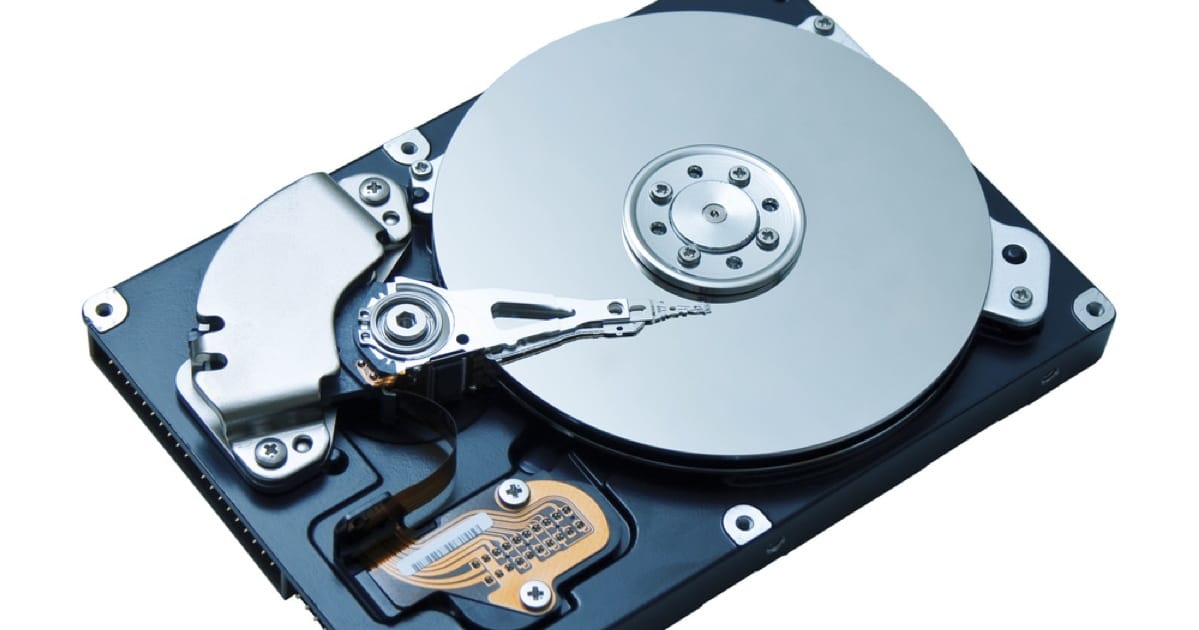Resolved: Making Better Mac Backups
This is the time of year when many are on vacation. And making new year’s resolutions. It’s good to reflect on and possibly update one’s Mac backup strategy.

Hard disks remain as terrific, inexpensive backup solutions.
If you already use Apple’s Time Machine and, perhaps, one other technique, great. You’re in fairly good shape. However, if you’ve never organized your backup strategy or are thinking about what extra steps you might want to take, including a cloud backup, this article will provide some pointers and resources.
One thing I’ve tried to do here is write an easy to understand article with lots of links. The art of backups can get confusing in a hurry, and so this is a high-level introduction intended to get you started comfortably.
Developing a Strategy
First, there are some things to think about.
- How critical is your data? For example, do you run a small business with important customer data? Or is you Mac simply used for browsing and some email such that a total loss would be no big deal?
- Do you simply need an exact copy of the Mac’s internal drive, as it now exists? Or do you think you may have to go back in time to recover (accidentally) deleted files. How far back is necessary?
- Do you want local plus offsite backups? Is you internet connection fast enough to support convenient cloud backups? Is the nature of your data such that you trust a cloud provider—even if the data is encrypted? Can you afford it, long term?
Backups vs. Archive
Something that’s lost on many casual users is the difference between a backup and an archive. Here’s a nice, explanation from: “Backup vs. archiving: It pays to know the difference”
Essentially, a backup is designed as a short-term insurance policy to facilitate disaster recovery, while an archive is designed to provide ongoing rapid access to decades of … information. Archived records can be placed outside the traditional backup cycle for a long period of time, while backup operations protect active data that’s changing on a frequent basis.
A Local Drive
Time Machine. To first order, every Mac user should be using Apple’s Time Machine (TM). It’s built in to macOS. TM is not a complete solution, but it’s an easy-to-use first line of defense as a starter backup technique. Here’s a great article on how to set it up, use it, and restore files. “How to Back Up Your Mac and Restore Files With Time Machine.” See also, our Melissa Holt’s “How to Restore from a Time Machine Snapshot.”
One thing to be aware of is that Time Machine, when it starts to run out of storage space, will delete the oldest files. So it’s not a great archive solution. I have found that a good rule of thumb is to select a Time Machine drive that’s three or four times the storage of your internal drive. Current pricing suggests that that drive be a quality hard disk. But you could use an SSD.
Carbon Copy Cloner. Time Machine drives are not bootable. A good secondary technique, to augment Time Machine, is to create, periodically, an exact copy of your internal drive that’s bootable. (You can use the macOS Startup Manager to select an external, bootable drive.) A great Mac app for this is Carbon Copy Cloner (CCC). The developer is a former Apple employee, an expert on disk storage, and provides excellent customer support. A scheduled, nightly back to a CCC drive is highly recommended. I use an SSD just slightly larger than my Mac’s internal drive.
Another solution, roughly equivalent to CCC, is Shirt Pocket Software’s SuperDuper. (But I have no experience with this app, as I do with CCC. It is, however, well regarded.)

Cloud Backup Services
It’s a good idea to archive your important data offsite. You could do this with periodic physical archives of Time Machine or CCC drives stored in a safety deposit box or other secure location. There are more sophisticated methods for small businesses, but that’s beyond the scope of this article.
Many consumers also elect to create backups using an online cloud service. From “What’s the Best Online Backup Service?”
Using an online backup service to back up your computer is not only convenient, it protects your data against big incidents like theft, fire, and natural disaster. There are lots of backup services out there, but we like Backblaze and IDrive the best.
To help you size up the various, popular cloud backup services, Lifewire has published a very convenient, extensive comparison chart. “Online Backup Comparison.” Check it out.
Related
What about Apple’s iCloud? There are some wrinkles here, best explained by Glenn Fleishman at Macworld. “Why you shouldn’t rely on iCloud Drive as your only backup.”
Final Words
A good approach is to start simply, learn the ropes of basic, local backups, then augment your strategy with new, expanded capabilities. The key is a layered, well-understood approach combined with good attention to a backup schedule. It’s all too easy to let things slide.
Finally, I can’t finish without mentioning nice work from my colleague here at TMO Bob “Dr. Mac.” LeVitus. He’s written a PDF guide that covers the subject in much more detail.
It’s just four bucks and worth every penny. I recommend you first practice with basic schemes, described above, then dig into more detail as you go along with Bob’s book as your guide.
Finally, many of our readers are experts in this area. Don’t be shy about asking questions in the comments below. We’re all here to help.

0 Response to "Resolved: Making Better Mac Backups"
Post a Comment